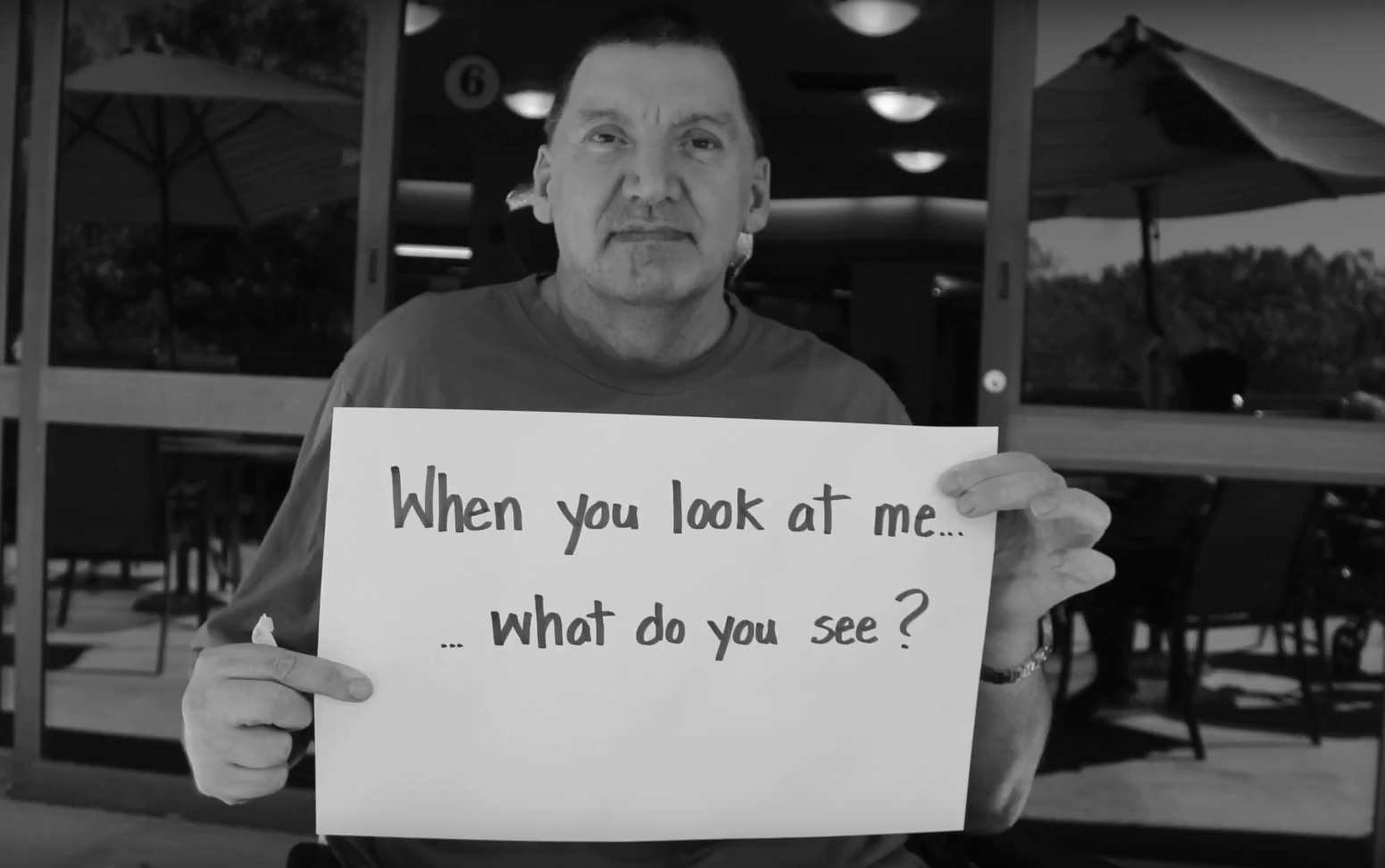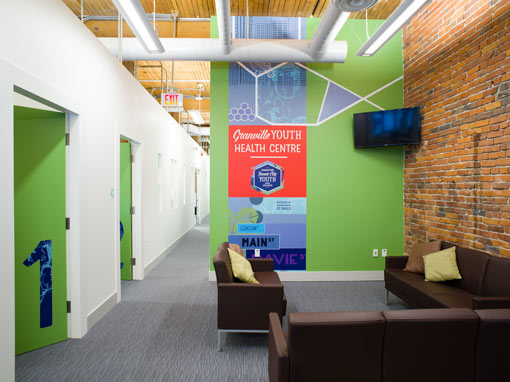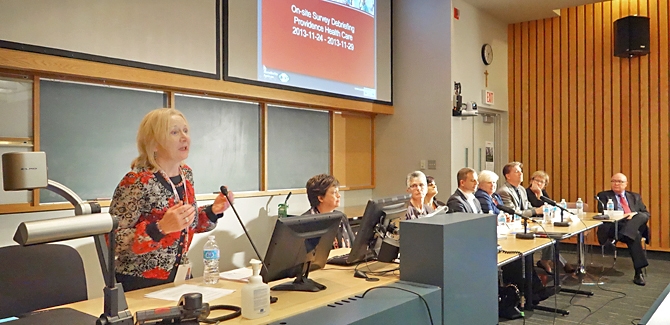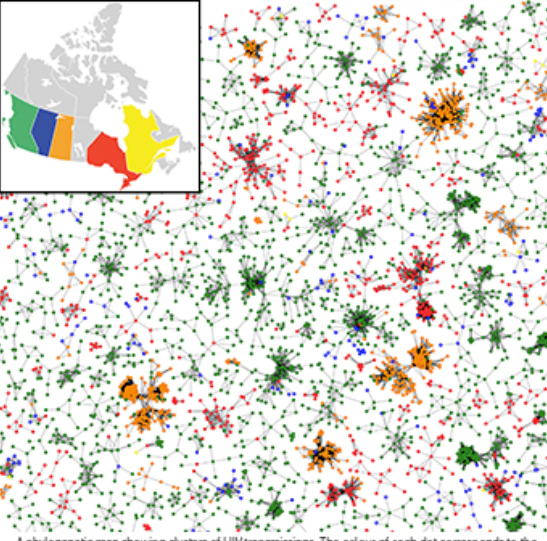The Nursing Sensitive Adverse Event
The Nursing Sensitive Adverse Event (NSAE) project was started in September 2016 with the purpose of reducing the rate of NSAE’s (in-hospital falls with fracture, pneumonia, pressure ulcers and urinary tract infections) across PHC inpatient medical units. NSAEs are adverse events that can be minimized for patients by improving collaborative team work and ensuring the implementation of […]
The Nursing Sensitive Adverse Event (NSAE) project was started in September 2016 with the purpose of reducing the rate of NSAE’s (in-hospital falls with fracture, pneumonia, pressure ulcers and urinary tract infections) across PHC inpatient medical units. NSAEs are adverse events that can be minimized for patients by improving collaborative team work and ensuring the implementation of evidence informed care.
Key activities undertaken within the project were:
- Point prevalence audits
- Patient , point of care nursing staff and nursing leadership interviews
- Care plan board- low fidelity trial -PDSA(image 1 attached)
- ‘Buddy’ shifts with point of care nursing and nursing leadership
- Time and motion study of clinical leadership
Accomplishments of the project:
- Comprehensive understanding of current nursing work flow and root causes
- ‘Nursing Care quality’ developed as a strategy for moving forwards
- Sustained reduction in NSAE rates to below target levels of 33.45 by period 11 in 16/17 (graph attached below)
The NSAE project continues into 2018/19 with an emphasis on finding nurses the time they need to provide the best care possible.
This consists of collaborating with point of care staff, care providers and leadership to look for improvement, prioritization and standardization opportunities, so that teams are able to achieve excellence in everyday care for their patients.
Image 1: Low fidelity simulation –care plan board trial as a hand crafted paper display
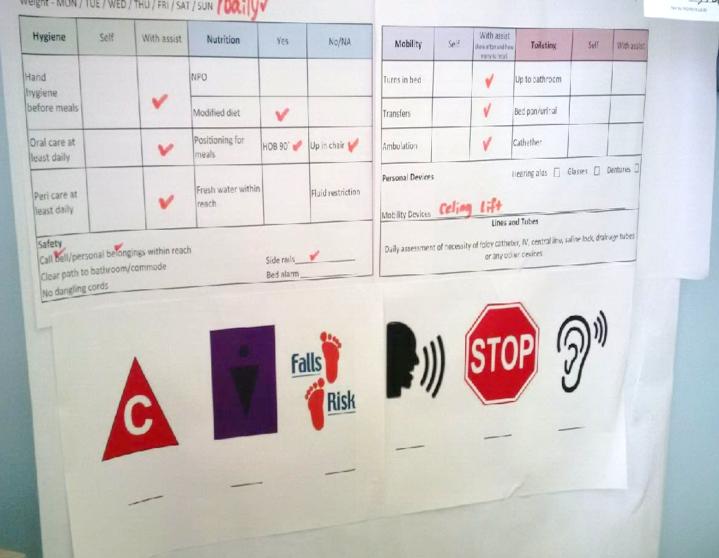
Graph 1:


